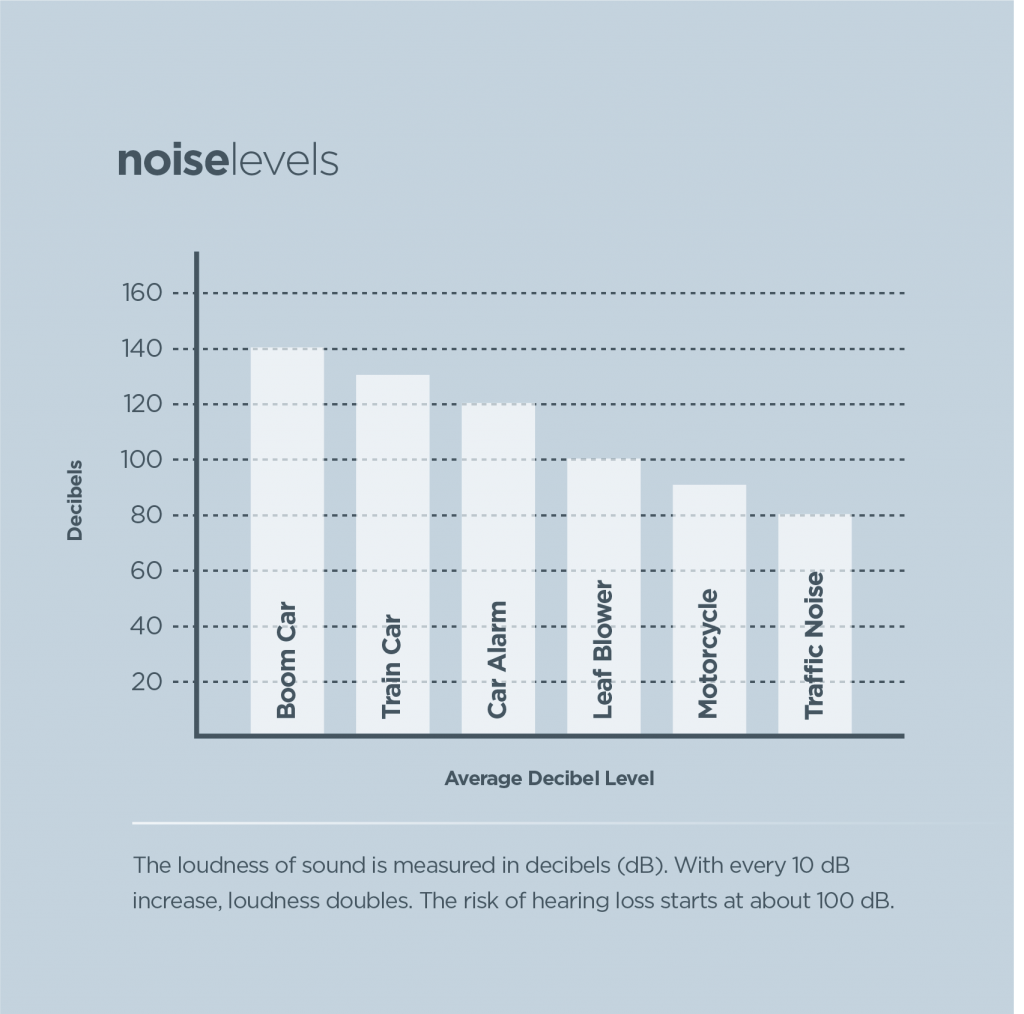Advised Stress Washing Methods Customized For Each Surface
Advised Stress Washing Methods Customized For Each Surface
Blog Article
Written By-Bryant Puckett
When it concerns pressure washing, the strategy you choose can make all the distinction in attaining a clean, streak-free surface. You might find that hard surfaces, like concrete, need a different method than softer materials, such as timber or vinyl. It's vital to adapt your approaches to the surface area kind to stop damage while taking full advantage of cleansing effectiveness. So, what are the very best methods for each surface, and how can you ensure you're utilizing the right settings and devices for the work? Let's explore what you require to know to get the best results.
Tough Surface areas
When it comes to pressure cleaning difficult surface areas, preparation is essential. Before you even consider taking out the stress washing machine, put in the time to clear the area of any kind of particles, furniture, or barriers. You don't desire anything getting in your means or potentially destructive your equipment.
Next off, inspect the surface area for any type of cracks or damage; this will assist you identify the right approach and stress setups.
When you have actually prepared the area, it's important to select the right nozzle. For difficult surfaces like concrete or brick, a narrow nozzle (15 or 25 degrees) works best to offer a focused stream of water that can properly remove crud and discolorations. Always begin at a distance and slowly move better to avoid any surface area damage.
As you start washing, keep the wand moving to prevent streaks and over-saturation. It's also useful to function from the top down, permitting dust and particles to get rid of normally.
Finally, remember to wash the surface extensively after cleansing to eliminate any remaining cleaning agent. With these methods, you'll attain a clean and renewed appearance on all your hard surfaces.
Soft Surfaces
Stress cleaning soft surfaces requires a gentler approach to protect them from damages. Whether you're cleansing your deck, outdoor patio furnishings, or house siding, making use of too much pressure can lead to damages, scrapes, or perhaps permanent injury.
Start by choosing a low-pressure nozzle, preferably a 25-degree or bigger spray pattern, to spread the water more gently.
Before you begin, it's crucial to pre-treat any spots with an ideal cleaning option. This action permits the cleaner to penetrate the dust and gunk, making it simpler to wash away without scrubbing as well hard.
Constantly use visit my website from the bottom as much as protect against spotting.
When you begin stress cleaning, preserve a distance of at the very least 12 to 18 inches from the surface area. Relocate your stick in a sweeping movement, maintaining it parallel to the surface to prevent focused pressure on one place.
Rinse the location thoroughly after cleaning to eliminate any recurring cleanser.
Lastly, inspect the surface area for any missed areas and duplicate the process if essential. By following these steps, you can successfully tidy soft surface areas while maintaining their stability and look.
Specialized Surfaces
Cleansing soft surface areas requires treatment, but specialty surface areas require a lot more interest to information. When you take on these surface areas, like fragile wood, tarnished concrete, or particular kinds of siding, using the ideal pressure cleaning strategies is essential to prevent damages.
First, evaluate outside window cleaning . For example, treated timber can usually stand up to modest stress, yet softer timbers like cedar may require a reduced setting. Always start with the lowest pressure and progressively increase if required.
For tarnished concrete, use a follower spray nozzle and preserve a consistent range to avoid etching the surface.
When taking care of surface areas like plastic exterior siding or painted surface areas, a broad spray pattern assists disperse the pressure evenly, shielding the finish.
It's also smart to use cleaning agents specifically created for specialized surfaces. They can enhance cleansing without compromising the product.
Wash completely after washing to get rid of any kind of residue, as it can bring about staining or degeneration with time.
Conclusion
Finally, grasping stress cleaning methods for different surface areas can make all the difference in your cleaning results. For hard surfaces, adhere to slim nozzles and a top-to-bottom strategy, while soft surface areas require a gentler touch with broader nozzles. Do not fail to remember to pre-treat stains and rinse extensively to prevent deposit. By adapting your methods to each material, you'll not just accomplish a cleaner finish yet additionally secure the honesty of your surface areas. Happy cleaning!
